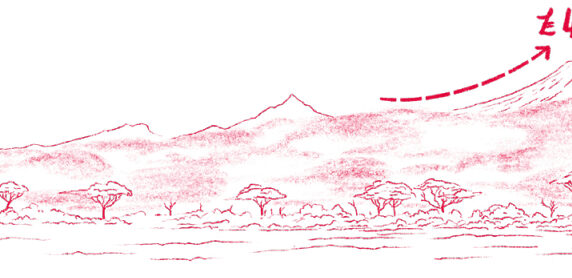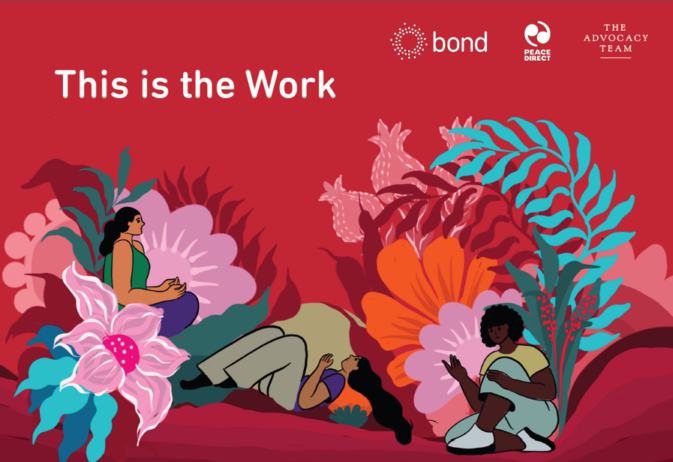How to create an agile, global, and digital-first non-profit organisation
Change never stands still, but these days it is accelerating at an unprecedented speed.
To succeed in this rapidly changing world, non-profit organisations need an operating model and mindset that embodies change and stability in equal measures. For many NGOs, this will include embracing agility in their employee proposition and programme delivery model and adopting a digital-first approach.
Going agile
An agile NGO is based less on hierarchy and authority and more on shared responsibility, quick decision-making and an equal information basis for all. It is a shift from the old-fashioned, traditional, hierarchical structure to a more organic, responsive, and flexible one. As a result, agile organisations are quick to change course if necessary –so better equipped to respond to challenges.
Going agile has been a management trend in the private sector for a long time, especially in the areas of product development. The NGOs we have accompanied through an agile transformation over the last 10 years have, in every single case, increased their income, reduced staff fluctuation, increased unrestricted reserves, and most have spawned new programmes (MzN written and verbal survey in early 2022).
What do they all have in common? They changed in unpredicted ways. The point is that they could change. Their operating and business model is agile enough to semi-automatically respond. One development NGO CEO from the UK summarised it aptly: “If we stuck in the old model, we would be part of the problem, not the solution”. That makes agile approaches so attractive to NGOs. Here’s how to do it:
Think and analyse global, decide local
Agile working is not about giving anyone a license to do as they please. In fact, some processes will become more structured. Data is heavily centralised. But whilst the framework in which work takes place may in fact become clearer (which most staff really appreciate), what goes on inside the framework becomes more liberalised.
As long as it works, do it!
Technology becomes integral. The traditional model of linear “point-to-point” communication, where local operatives relay information back to HQ, is being replaced by the platform model that allows for devolved decision-making. If that sounds like nerd-talk, that’s because it is. Sorry. Please contact Chris here for more of it…
Such flexibility is supported by a rigorous set of performance targets and results that are put on a platform for employees, trustees, and external partners to see, and it is up to local offices how to fulfil them. In the end, it’s about giving everyone the same rules but allowing individuals to play the game differently.
Join the webinar
How to create an agile, global and digital-first non-profit organisation
Join our upcoming webinar to learn about how the best non-profit organisations in terms of impact and income are agile, reach more people across the globe and are fiercely digital.
The webinar takes place on 8 June, 14:00 -15:00 (BST).
Register nowYour operating model is the key factor for continued impact
Often, when non-agile organisations move into a new country or thematic area, they replicate their entire operating model: they undertake a needs assessment, register their organisation, open an office, attract donors and finally start programming. These days, this is too slow. Agile organisations don’t need to recreate this infrastructure, because much of it already exists on their operational platform. Why do you need a finance director in every country when financial information needs to be analysed and acted upon globally anyway? It’s the same with other backbone operations. Platform working allows agile operators to restructure – and scale up or down – much more frequently, without the financial (and emotional) pain this once caused.
Trust the data
All agile organisations must embrace trust – that trust is built on clearly defined data metrics visible to all on the platform. Everyone, from the country analyst up to the CEO, is held accountable by it – which doesn’t always play well with old-style “male, pale and stale” leadership that is used to wielding unquestioned authority. To be fully agile and avoid being held hostage by outdated methods and erroneous assumptions, central management must relinquish control and let the data notify it when things are going awry.
Make work work for people – flexible work rules make better workers
In the journey toward going agile, it is crucial to examine the steps involved and embrace a data-obsessed approach. A digital-first strategy requires measuring, reporting, and learning from data to gain foresight and make informed decisions. One key aspect is to delegate tasks that can be efficiently handled by Artificial Intelligence, such as meeting bookings, sentiment surveys, financial dashboard updates, and work time tracking.
By leveraging technology for these routine tasks, organisations can uncover valuable insights, including identifying individuals at risk of burnout, pinpointing bottlenecks in communication, and freeing up time for employees. Adopting a digital-first mindset and embracing data-driven processes can pave the way for enhanced efficiency and productivity in today’s rapidly evolving digital landscape.
Work empowerment
To truly make work work for people, it is essential to establish flexible work rules that empower individuals to thrive. Embracing a digital-first approach enables organisations to unlock the potential of hybrid work models, where employees have the freedom to manage their time and take ownership of their responsibilities. This shift toward a “performance-first – office later” mindset allows for less control and micromanagement, placing emphasis on results-based work instead.
These are just a few steps on how an NGO might go agile, global and digital-first. Ultimately, every NGO starts at a different point and will have a different path.
Category
News & Views



